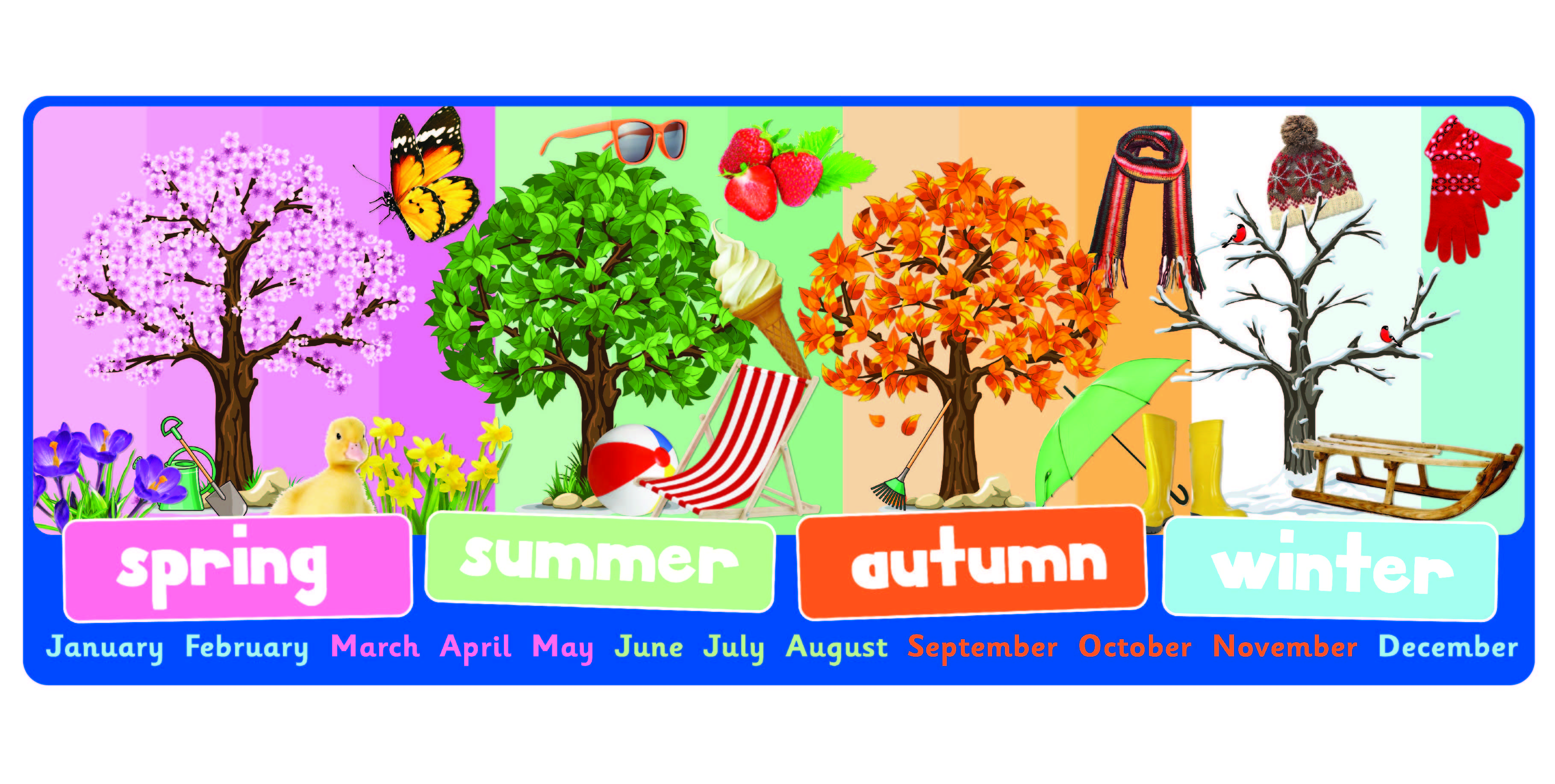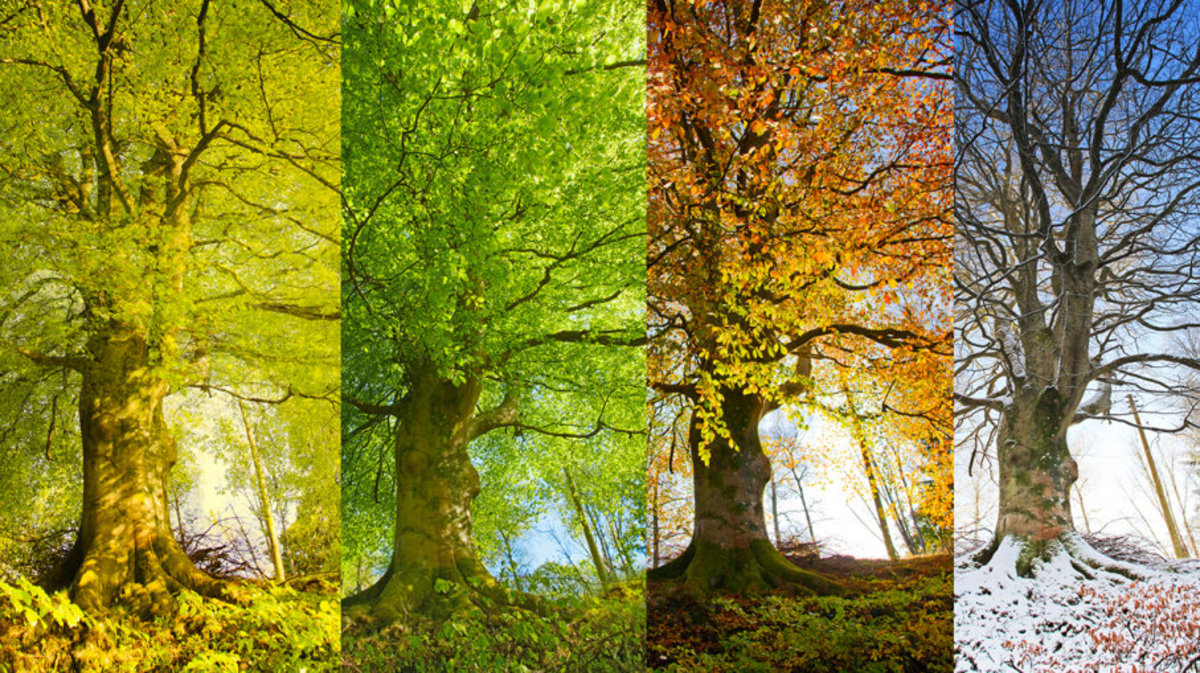The change of seasons chapter 1 – As the seasons gracefully transition, nature embarks on a captivating journey of change. The Change of Seasons: Chapter 1 invites us to explore the symphony of nature’s metamorphosis, where vibrant hues dance across the landscape and the rhythm of life adapts to the ebb and flow of time.
From the arrival of a new season, heralding its unique characteristics, to the intricate transformations that ripple through the environment, this chapter delves into the intricate tapestry of nature’s seasonal dance.
The Arrival of a New Season

As the Earth gracefully shifts its axis, the seasons dance across our planet, bringing with them a kaleidoscope of changes that enchant and inspire. Each season carries its unique symphony of sights, sounds, and scents, transforming the world around us.
With the arrival of a new season, nature’s canvas is repainted with vibrant hues. The air crackles with a different energy, as if the world itself is inhaling a breath of fresh possibilities. The inhabitants of our planet respond to this seasonal symphony, their lives intricately intertwined with the rhythm of the year.
Impact on the Environment
The changing season leaves an undeniable mark on the environment. As the days grow shorter or longer, temperatures fluctuate, and precipitation patterns shift. These changes influence the behavior of plants and animals, as well as the availability of resources.
For instance, as autumn approaches, deciduous trees shed their vibrant leaves, preparing for the winter’s chill. This seasonal shedding allows more sunlight to reach the forest floor, stimulating the growth of understory plants. Similarly, the arrival of spring triggers a burst of new life, as flowers bloom and animals emerge from their winter slumber.
Impact on Nature’s Inhabitants
The arrival of a new season affects the behavior and physiology of animals. Some species migrate to warmer or cooler climates, while others hibernate or enter a state of torpor. Birds, for example, embark on epic journeys across continents, following the availability of food and favorable temperatures.
Meanwhile, mammals such as bears and squirrels prepare for the winter by building up fat reserves and seeking out dens or burrows. These adaptations ensure their survival during the harsh winter months.
The Transition and Transformation of Nature: The Change Of Seasons Chapter 1

As the seasons change, nature undergoes a remarkable transformation. The gradual or sudden shifts in temperature, precipitation, and sunlight trigger a cascade of biological and physical processes that alter the landscape.
These transformations are driven by the Earth’s orbit around the sun and the tilt of its axis. As the Earth’s position relative to the sun changes, different parts of the planet receive varying amounts of sunlight. This variation in sunlight drives changes in temperature, precipitation patterns, and wind patterns, which in turn impact plant and animal life.
Embarking on the first chapter of “The Change of Seasons,” we’re transported into a world of vibrant transformation. As the pages turn, our minds wander to the prestigious Tau Chapter Omega Psi Phi , where leaders emerge and legacies are forged.
Their unwavering dedication to excellence echoes the transformative spirit of this literary masterpiece, inspiring us to embrace the changing tides of life with unwavering resilience.
Biological Adaptations
Plants and animals have evolved a range of adaptations to cope with the changing seasons. Some plants, such as deciduous trees, shed their leaves in the fall to conserve water and energy during the cold winter months. Other plants, such as evergreens, retain their leaves year-round, allowing them to photosynthesize and grow even during the winter.
The change of seasons chapter 1 brings about a refreshing change in our lives. It’s like turning a new page in a book, where the old chapters are replaced with new adventures. Just like the transition from one chapter to another, let’s venture into the world of troll trap chapter 1 to experience a thrilling tale.
And as we return to the change of seasons chapter 1, we’ll carry with us the lessons learned and the excitement of the new chapter that lies ahead.
Animals also exhibit a variety of seasonal adaptations. Some animals, such as birds, migrate to warmer climates during the winter to escape the cold and find food. Other animals, such as bears, hibernate during the winter, entering a state of dormancy to conserve energy.
Physical Transformations, The change of seasons chapter 1
The changing seasons also bring about physical transformations in the landscape. In the spring, as temperatures rise and sunlight becomes more abundant, plants begin to grow and bloom. The landscape becomes awash in color as flowers bloom and trees produce new leaves.
In the summer, temperatures reach their peak and precipitation levels often increase. This combination of heat and moisture creates ideal conditions for plant growth. The landscape is lush and green, with meadows filled with wildflowers and forests bursting with life.
In the fall, as temperatures cool and sunlight becomes less intense, plants begin to prepare for winter. Leaves change color and fall from trees, and plants begin to store energy in their roots and stems.
The Change of Seasons Chapter 1 is a captivating tale that explores the transformative power of nature. As the seasons shift, so too do the lives of those who inhabit the land. From the vibrant hues of spring to the crisp embrace of winter, each season brings its own unique challenges and opportunities.
But amidst the ever-changing landscape, one thing remains constant: the enduring spirit of the human heart. Like the blossoming flowers that emerge in the spring, we too have the capacity to grow and evolve, to adapt to the changing circumstances of life and to find beauty in every season.
In the winter, temperatures drop and precipitation often falls as snow. The landscape is covered in a blanket of white, and many plants and animals enter a state of dormancy.
The Influence on Human Activities

The transition of seasons has a profound impact on human activities, shaping our routines, traditions, and cultural practices. It influences economic activities, social interactions, and leisure pursuits, while also evoking distinct psychological and emotional responses.
Economic Activities
The changing seasons affect various economic sectors, particularly those reliant on natural resources. Agriculture, for instance, is heavily influenced by seasonal variations, with planting, harvesting, and livestock management being directly tied to specific seasons. Similarly, tourism and recreation industries experience fluctuations in demand based on the season, as people seek out activities appropriate for the prevailing weather conditions.
Social Interactions
Seasons influence social interactions in several ways. Warmer months often promote outdoor gatherings, picnics, and community events, fostering a sense of camaraderie and social cohesion. In contrast, colder seasons may lead to more indoor activities, such as cozy gatherings, movie nights, and family dinners, promoting intimacy and connection within smaller groups.
Leisure Pursuits
The changing seasons offer a wide range of leisure activities. Spring brings opportunities for gardening, hiking, and outdoor sports, while summer invites swimming, beach vacations, and camping. Autumn provides a picturesque backdrop for scenic drives, apple picking, and pumpkin carving, and winter brings the joys of skiing, snowboarding, and ice skating.
Psychological and Emotional Responses
The changing seasons can evoke distinct psychological and emotional responses. Spring is often associated with a sense of renewal, optimism, and growth, while summer brings a sense of freedom, relaxation, and playfulness. Autumn often triggers feelings of nostalgia, reflection, and gratitude, and winter can bring a sense of coziness, introspection, and anticipation.
Closure

The Change of Seasons: Chapter 1 concludes with a profound appreciation for the cyclical nature of life. As the seasons ebb and flow, so too do our perspectives and experiences. Embracing the rhythm of nature’s symphony, we gain a deeper understanding of our place within the intricate web of life.
